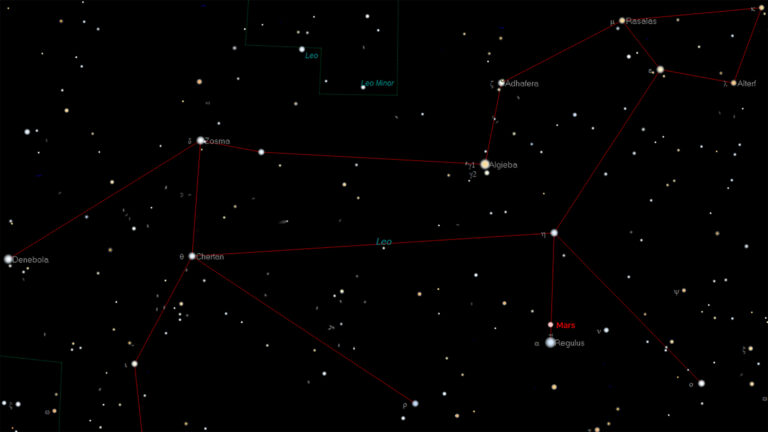Key Takeaways:
“Even these early first-light images are almost a factor of 10 better than the previous generation of instruments. In one minute, we were seeing planets that used to take us an hour to detect,” said Bruce Macintosh of Lawrence Livermore National Laboratory (LLNL) in California.
For the past decade, Lawrence Livermore has been leading a multi-institutional team in the design, engineering, building, and optimization of the instrument called the Gemini Planet Imager (GPI), which will be used for high-contrast imaging to better study faint planets or dusty disks next to bright stars. Astronomers, including a team at LLNL, have made direct images of a handful of extrasolar planets by adapting astronomical cameras built for other purposes. GPI is the first fully optimized planet imager, designed from the ground up for exoplanet imaging deployed on one of the world’s biggest telescopes, the 8-meter Gemini South Telescope in Chile.
Probing the environments of distant stars in a search for planets has required the development of next-generation, high-contrast adaptive optics (AO) systems, in which Livermore is a leader. These systems are sometimes referred to as extreme AO.
Macintosh said direct imaging of planets is challenging because planets such as Jupiter are a billion times fainter than their parent stars. “Detection of the youngest and brightest planets is barely within reach of today’s AO systems,” he said. “To see other solar systems, we need new tools.”
And those new tools are installed in the GPI with the most advanced AO system in the world. In addition to leading the whole project, LLNL also was responsible for the AO system. Designed to be the world’s most sophisticated astronomical system for compensating turbulence in the Earth’s atmosphere — an ongoing problem for ground-based telescopes — the system senses atmospheric turbulence and corrects it with a 2-centimeter-square deformable mirror with 4,000 actuators. This deformable mirror is made of etched silicon, similar to microchips, rather than the large reflective glass mirrors used on other AO systems. This allows GPI to be compact and stable. The new mirror corrects for atmospheric distortions by adjusting its shape 1,000 times per second with accuracy better than 1 nanometer. Together with the other parts of GPI, astronomers can directly image extrasolar planets that are 1 million to 10 million times fainter than their host stars.
GPI carried out its first observations in November 2013 during an extremely smooth debut for an extraordinarily complex astronomical instrument the size of a small car. “The GPI team’s huge amount of high-quality work has begun to pay off and now holds the promise of many years of important science to come,” said David Palmer from LLNL.
For GPI’s first observations, it targeted previously known planetary systems — the four-planet HR8799 system (co-discovered by an LLNL-led team at the Gemini and Keck Observatory in 2008) and the Beta Pictoris system, among others. GPI has obtained the first-ever spectrum of the young planet Beta Pictoris b.
The first-light team also used the instrument’s unique polarization mode — tuned to look at starlight scattered by tiny particles — in order to study a ring of dust orbiting the young star HR4796. With previous instruments, only the edges of this dust ring, which may be the debris remaining from planet formation, could be seen. GPI can follow the entire circumference of the ring.
“GPI’s performance requirements are extremely challenging,” said Lisa Poyneer from LLNL. “As a result, the AO system features several original technologies that were designed specifically for exoplanet science. After years of development and testing, it is very rewarding to see the AO system operating so well and enabling these remarkable images.”
Imaging exoplanets is highly complementary to other exoplanet success stories like NASA’s Kepler mission. Kepler is extremely sensitive to small planets close to their parent star and focuses on mature stars. GPI detects infrared radiation from young Jupiter-like objects in wide orbits, the equivalent of the giant planets in our solar system not long after their formation.
“GPI represents a critical step in the road toward understanding how planetary systems form and develop,” said Dmitry Savransky from Cornell University in Ithaca, New York. “While broad survey missions, such as Kepler, have revealed the variety of planets that exist in our galaxy, GPI will allow us to study a few dozen planets in exquisite detail.”










